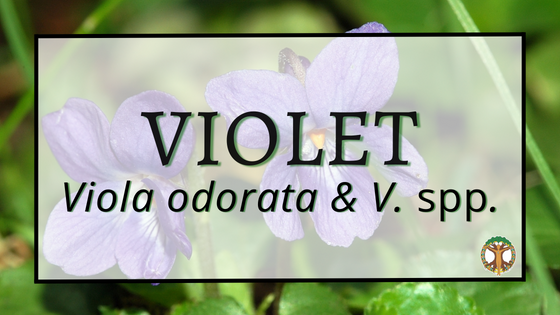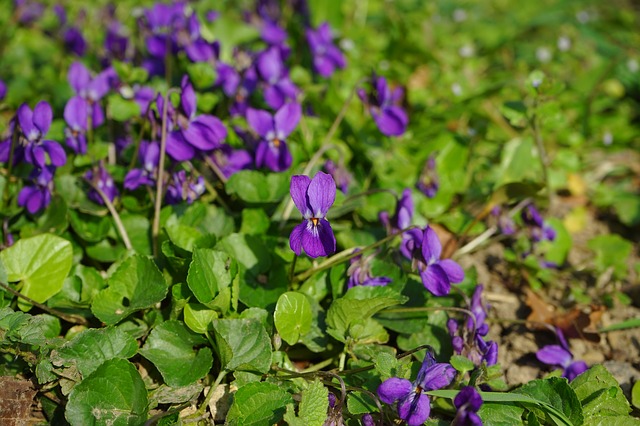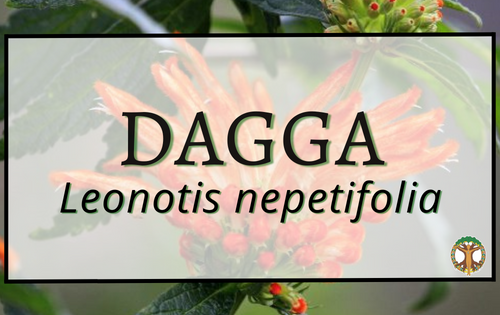Usage: There are anywhere between 525 to 600 species within the Viola genus. Identification of species can be challenging, but according to many sources this is not of great importance, so long as you are positive on the genus – Viola. This beloved garden plant not only delights us with the beautiful purple flowers of its namesake, but also offers us sweet, cooling, anti-inflammatory medicine. The leaf and flower are both utilized for cooling hot conditions, particularly of the lymphatic, respiratory and integumentary systems. Violets have a long history of use for treating bronchitis, colds, coughs, sore throats and other aspects of upper respiratory infections. Topically and internally, violet is valuable for calming inflammatory skin conditions, such as eczema, psoriasis and acne. A 2014 study concluded that Viola tricolor in fact inhibited the spread of activated lymphocytes, suggesting the plant’ s effectiveness in the treatment of overactive immune disorders (Hellinger, 2014). The flowers are often enjoyed fresh but also make a delightful syrup. The leaves, high in vitamins A & C, can be eaten raw or cooked. Due to their mucilaginous nature, the leaves can be used to thicken soups.
Growth/Habitat: Viola sororia is native to North America & grows throughout most of the central and eastern states. Viola odorata is native to Europe, but has escaped cultivation and has become naturalized in North America. Violets are quick spreading, self seeding perennials that grow in open areas. In more Northern climates, violets bloom from spring to fall, however, in Central Florida, we see violet flowers appearing throughout late winter. Violas have simple, heart-shaped leaves that are basal and/or alternate, with a distinctive irregular flower that you will quickly learn to recognize. (Think pansies or johnny-jump-ups.) The flowers range from deep purple, to blue, to white, to yellow and variations thereof.
Recipes: Check out Green Deane’s recipe for violet syrup!
Violet Syrup
4 cups of violets
2 cups boiling water
6 cups sugar
Juice of one lemon
2 cups water
“Place violet flowers in a mason jar and pour boiling water over them. Let sit 24 hours. Strain liquid into a bowl (not aluminum!) squeezing out all the goodness from the flowers. Place sugar, lemon juice and water in a saucepan and boil into a very thick syrup, near the candy stage. Add violet water and bring to a rolling boil. Boil 10 minutes or until thickened. Pour into sterile bottles. Allow to cool, then seal and refrigerate. “
Sources:
Blankespoor, Juliet. “Violet’s Edible and Medicinal Uses.” Chestnut School of Herbal Medicine, 1 May 2018, chestnutherbs.com/violets-edible-and-medicinal-usses
Easley, Thomas, and Steven H. Horne. The Modern Herbal Dispensatory: a Medicine-Making Guide. North Atlantic Books, 2016.
Hoffmann, David. Medical Herbalism the Science and Practice of Herbal Medicine. Healing Arts Press, 2003.
Ross, Rachel. “The Virtues of Violets: Health Benefits of Violets.” Herbal Academy, 25 Jan. 2018, theherbalacademy.com/health-benefits-of-violets/.








